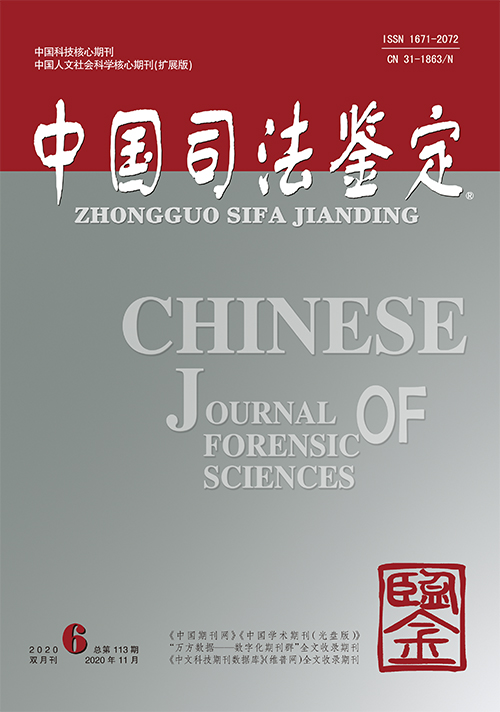|
|
Construction and Application of Fluorescent-Multiplex PCR of Six New STR Loci
LIU Jun-hong, SHAO Wei-bo, LI Li, YANG Ying
2011(6):
30-34.
Objective To establish a multiplex PCR system containing six new STR loci for forensic purposes. Methods Six highly polymorphic STR loci, D4S2366, D3S3045, D18S1002, D20S481, D22S689, and D4S2639, were selected. After PCR with different fluorescence labeled primers, the PCR products from 224 Eastern Han unrelated individuals were analyzed by 3130 Genetic Analyzer. Results Six STR loci were detected by fluorescent - multiplex PCR. Each locus was successfully genotyped in all 224 samples. In D4S2366, D3S3045, D18S1002, D20S481, D22S689, and D4S2639 loci, 7, 8, 9, 10, 9, 9 alleles and 21, 26, 21, 23, 28, 32 genotypes were observed respectively. The distribution of genotype for six STR loci in the Han population from the east of China was in accordance with Hardy-Weinberg equilibrium. The heterozygosity(H) distributions were 0.714-0.808, the discrimination power(DP) were 0.874-0.934, the probability of exclusion of duos (PEduo) were 0.310-0.453, the probability of exclusion of trios(PEtrio) were 0.485-0.628, and the polymorphic information content(PIC) were 0.672-0.784. The cumulative probability of exclusion(CPE) of duos was 0.947689, the CPE of trios was 0.993345, and the combined discrimination power(CDP) was 0.999999543. Conclusion This six STR multiplex set has high value in forensic application, and it can serve as an effective supplementary of commercial kits.
Related Articles |
Metrics
|

